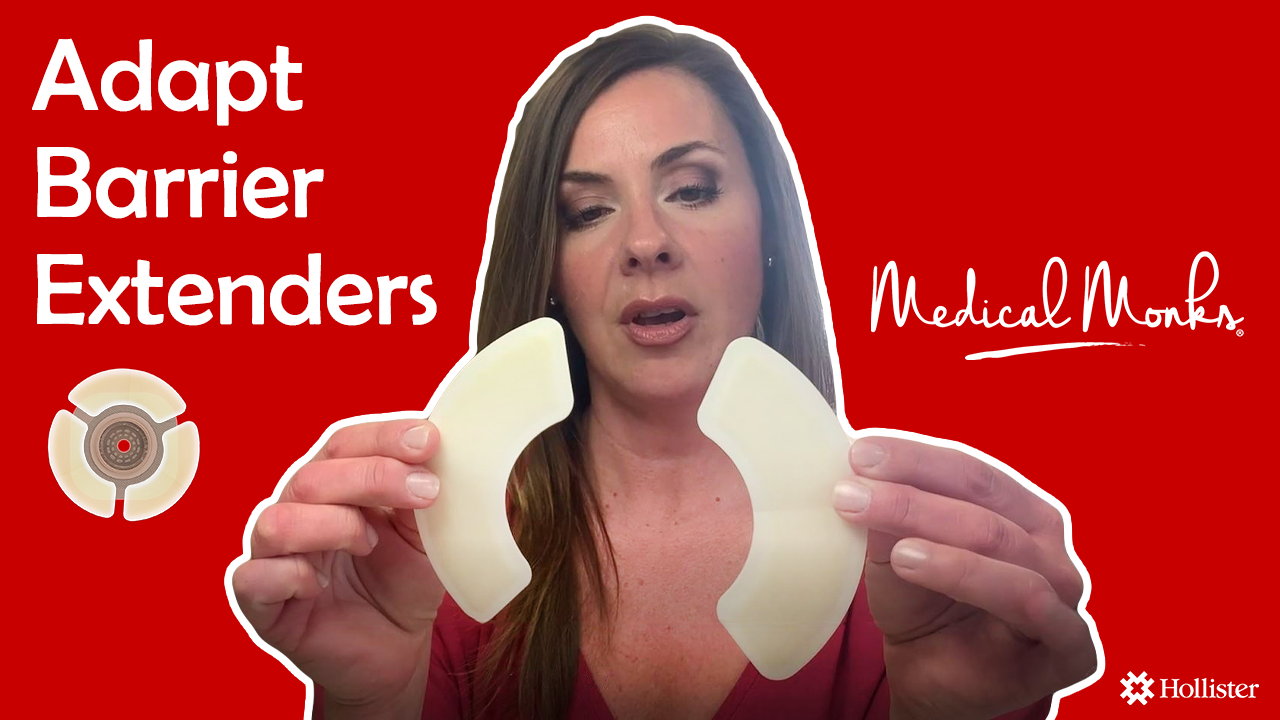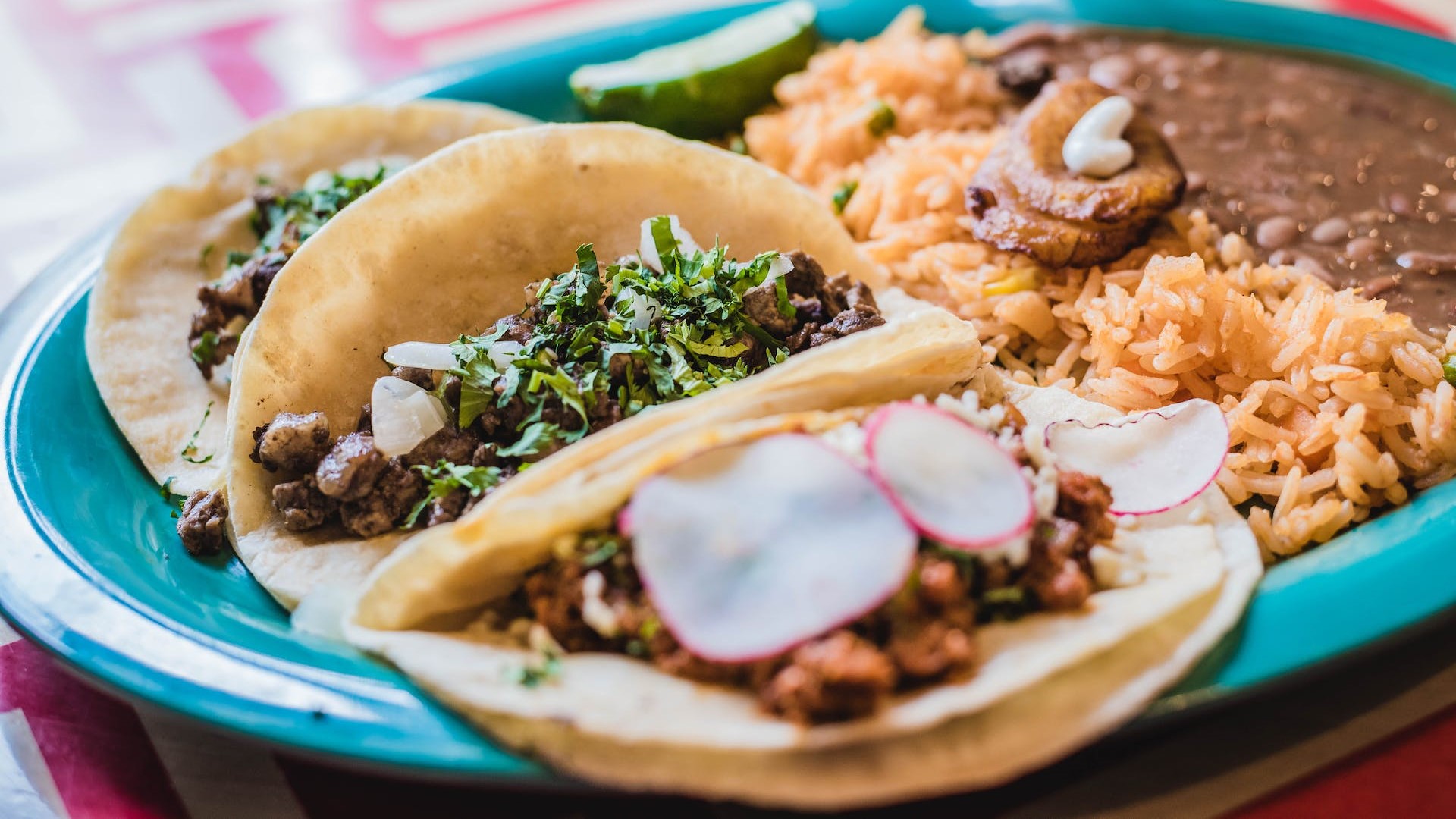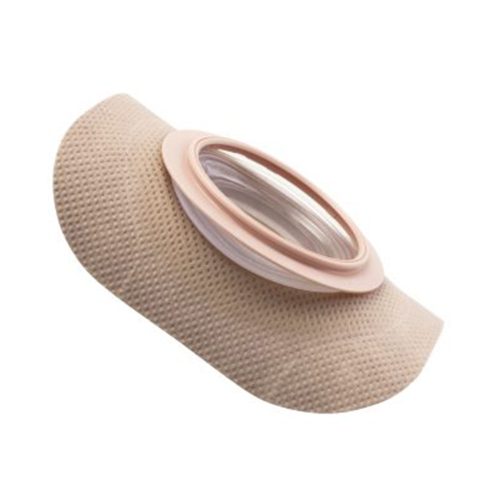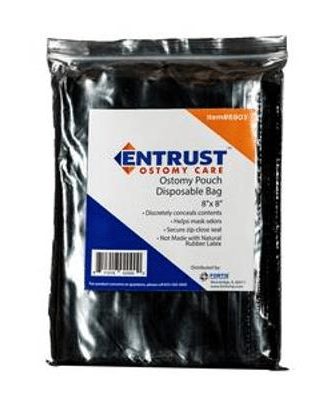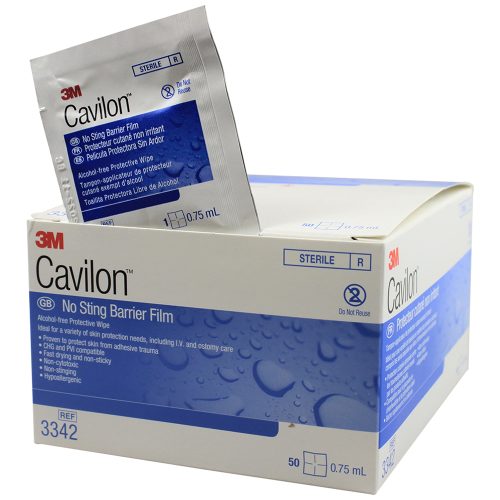Welcome back friends! In Part 1 of this series we discussed the proper use of barriers in preventing leakage around your stoma. Now we’ll look at a few of the supplemental products designed to help achieve that same purpose!
Paste
Paste should be applied around the outside of the stoma, filling any gaps that may be left between the stoma and inside edge of the barrier. The paste will dry into a rubbery substance, forming a seal that provides an added layer of protection and helps keep output away from the peristomal skin. As we discussed previously, it is vital to keep the area directly around the stoma free from leakage, which can potentially cause severe skin ailments.
Also, it’s very important to keep in mind that stoma paste is in no way an adhesive. Many people hear the word paste and they think of the goopy rubber cement they remember from elementary school. But, in fact, it has no sticky properties whatsoever. If you were to spread stoma paste underneath your barrier before sticking it to your stomach (more people try this than you’d think), it would fall off very quickly. Instead think of it as like caulking you’d squirt around your bathtub – something to fill in the cracks.
Rings
Some manufacturers call them barrier rings. Others call them stoma rings or wax donuts or barrier seals. Whatever the terminology, they’re simply small circles made from a tacky, putty-like substance. They can be stretched, scrunched or sculpted to fit snugly around the stoma. They fill the gaps, just like paste.
Rings were in fact developed as an alternative to paste, which requires time to dry after application and often contains alcohol, which can sting sensitive peristomal skin. The idea was to create a product that does everything paste does but better, and with none of the drawbacks. For the majority of people, rings simply do a better job of obstructing leakage while being easier to apply and remove. By doing away with the need to squeeze out a substance from a tube, manufacturers created a product much more friendly to those with dexterity issues. Also beneficial is the lack of crusty leftovers stuck to the skin that are so often the bane of paste users. It can take lots of adhesive remover to get that stuff off (more on adhesive remover products in a future post).
Rings are also quite versatile. They come in a variety of sizes, thicknesses and convexities. This provides maximum accommodation for various ostomy situations. Depending on your needs, rings can be pulled apart and used in pieces if necessary – a feature particularly useful to those with irregular or oblong stomas. This is also beneficial in cases where there are dips in the skin around the stoma due to surgery scars. In these instances, rings can be used in pieces to fill in valleys and create a flat surface for the barrier to adhere.
Barrier Extenders
Barrier extender strips are another fairly recent addition to the accessory cannon. This time, the aim was to improve upon simple medical tape. Even though barriers these days are quite advanced – being made of space-age caliber flex materials and featuring state-of-the-art adhesives – there are still many people who are in need of extra security.
For years ostomates had used tape around the edges of barriers for security and peace-of-mind. This was especially true for those carrying a little extra around the midsection or whose ostomies were located in less than ideal places, such as between skin folds. Those folks now have a much better option. Again, out of marketing necessity, barrier extenders go by different names depending on the manufacturer. But they are all essentially the same thing: thin, flexible strips, meant to be used in pairs or groups of three to form a frame around the barrier, conforming to skin contours and keeping the barrier edges from peeling up. Most are curved, shaped like crescent moons that form a circle when combined. Certain manufacturers also make strips that are extra-large or straight strips, for those used to the old tape strips. Some are also Y-shaped, which are designed to retain adhesion of barriers located inside skin folds.
The sticky side of the strips are formulated with hydrocolloid, a substance developed to be safe and comfortable on skin and also to promote healing. Aside from being generally good for the skin, hydrocolloid also allows for a rather surprising second use for barrier strips. Many folks who suffer from skin irritation around the stoma tend to use the strips underneath rather than on top of, the barrier. This gives them a layer of protection from the barrier’s adhesive and allows the skin to heal.
* * *
Well, there you have it – a few examples of products that each do a little to make an ostomate’s life easier. We’ll chronicle even more in the next installment. Until then, be sure to check out these products and more on Medical Monks dot com!

